ASIC Miner ICERIVER KAS KS0 Profitability In the realm of cryptocurrency mining, the Iceriver KAS KS0 miner has garnered widespread attention. Tailored specifically for the Kaspa network's KHeavyHash algorithm, it boasts high hashing power and low power consumption, making it an ideal choice for many miners. In this article, we will comprehensively assess IceRiver KS0 profitability while considering the Kaspa market conditions and the attributes of KS0 miner. Kaspa Market Dynamics Kaspa is a vibrant cryptocurrency network aimed at delivering high performance and scalability for everyday transactions. At the time of writing this article, the Kaspa coin trades at approximately $0.04959. But it's essential to note that cryptocurrency markets are highly susceptible to price volatility. Hence, investors must remain vigilant about market dynamics. Additionally, the Kaspa network's mining difficulty and reward mechanisms play a role in mining returns. Attributes of the IceRiver KS...
What are the easily damaged chips of the Antminer S19+ hash board?
Antminer S19+ hash board adopts a newly designed one-piece clip-on radiator, which improves the miner's stability and efficiency and helps miners obtain more profits. Compared with other Antminers, there are many types of chips on the S19+ hash board, so what are there? Let's find out together!
Easily damaged parts of Antminer S19+ hash board introduction:
BM1398BB ASIC chip
Under the modified heat sink of this one-piece clip design is the ASIC chip of the S19+ hash board. A single S19+ hash board carries 80 BM1398BB ASIC chips, and they are mainly responsible for the hash rate calculation of the whole miner.
U10: ATH95102DMCN
The AT24C002D provides 2,048 bits of serial electrically erasable and programmable read-only memory (EEPROM) organized into 128/256 words of 8 bits each. In addition, the cascading feature of this device allows up to 8 devices to share a common 2-wire bus.
U4: U2E
The SN74AUP1T34DCKR U2E chip is a voltage-level translator with SC70-5 package technology.
U3, U2: CN5, CNF
SN74LVC1G126DCKR CN5 CNF line driver, using SC-70-5 new original packaging technology.
U6: PIC16F1704
The PIC16F1704 is an 8-bit microcontroller processor that can be used in any modern system or circuit design and makes any design more versatile. In addition, it is suitable for maintaining the Antminer S19+ hash board. The operating temperature of the microcontroller is -40°C to 85°C. The working voltage is 3.3~5 V.
Q9: P34M4SS
The MOS DMP34M4SPS-13 is a P-channel enhancement mode MOS designed to minimize RDS(ON) and maintain excellent switching performance, making it ideal for power management and load switching.
Q8: TPHR9003NL
The MOS Chip TPHR9003NL is mainly used to check the voltage output in the voltage domain. By measuring the output of the power supply terminal of the hash board, it can judge whether the MOS is short-circuited. Under normal circumstances, the voltage is unstable, and the lightning surge will cause damage to the MOS.
U132: SQ7JL SGM2036-ADJ
The SGM2036-ADJ is a 300mA, low power, low dropout, RF linear regulator in an OT-23-5 package with an input voltage between 1.6V and 5.5V. The SGM2036-ADJ also provides a low dropout voltage for extending battery life. They are perfect for low voltage, low power applications.
U122: MP2019
MP2019J6838951MPSJ39 is the product number of the MP2019 series of linear regulators. It is a 40V 300mA, low quiescent current adjustable output linear regulator. Using SOIC-8 EP packaging technology, the voltage input range is between 3V to 40V, and the crystallization temperature range is between -40°C to +125°C.
U12: HMBYA SY7208
The SY7208 is a high-efficiency, integrated MOSFET current-mode, and fixed-frequency high-efficiency power management boost converter chip in a SOT23-6 compact package technology with a temperature range of -40°C to 85°C and the operating voltage between 3V and 25V.
U5: CADMLQ
CADMIZ is a voltage regulator chip using SOT23-5 packaging technology, and its operating input voltage range is between 1.7V and 5.5V. Supports applications with low input and output voltage requirements, robust design, and high reliability.
U8: LM75A temperature sensor chip
LM75A is a high-speed 12C interface temperature sensor, and the temperature can be directly converted to a digital signal over a temperature range of -55°C to +125°C with 0.125°C accuracies and an operating voltage between 2.8V and 5.5V. In addition, the LM75A has 3 selectable logical address pins, allowing 8 devices to be connected simultaneously on the same bus without address conflicts.


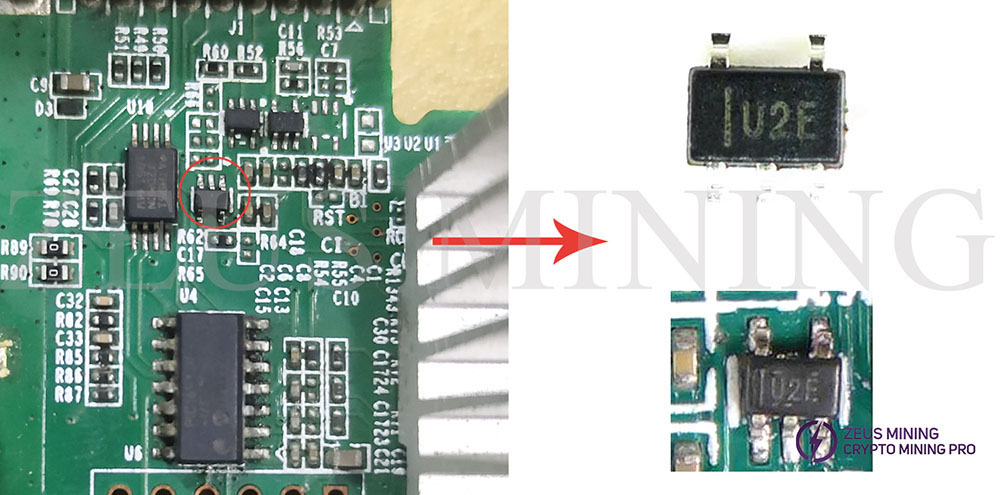
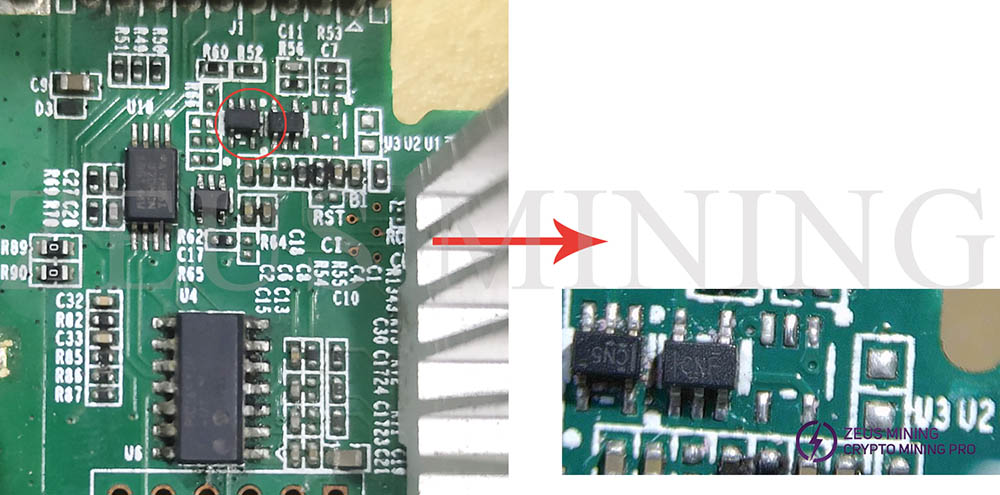

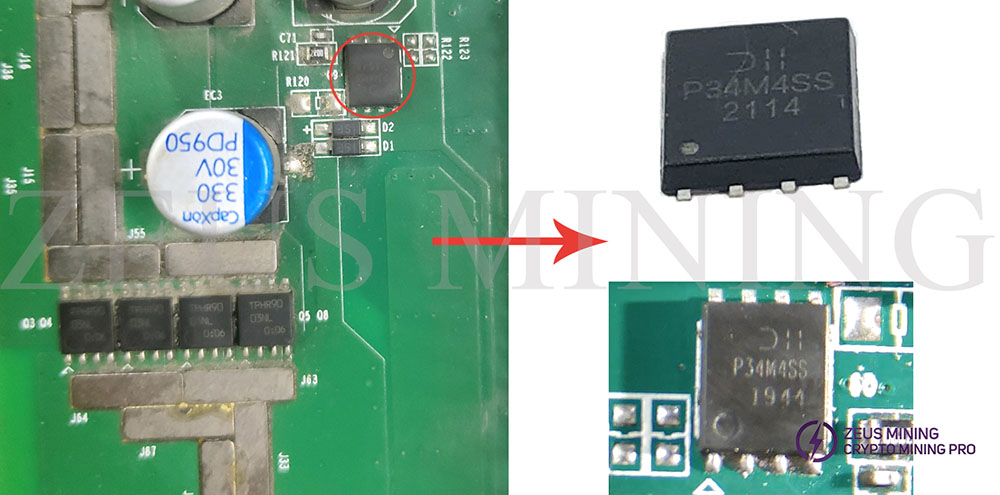
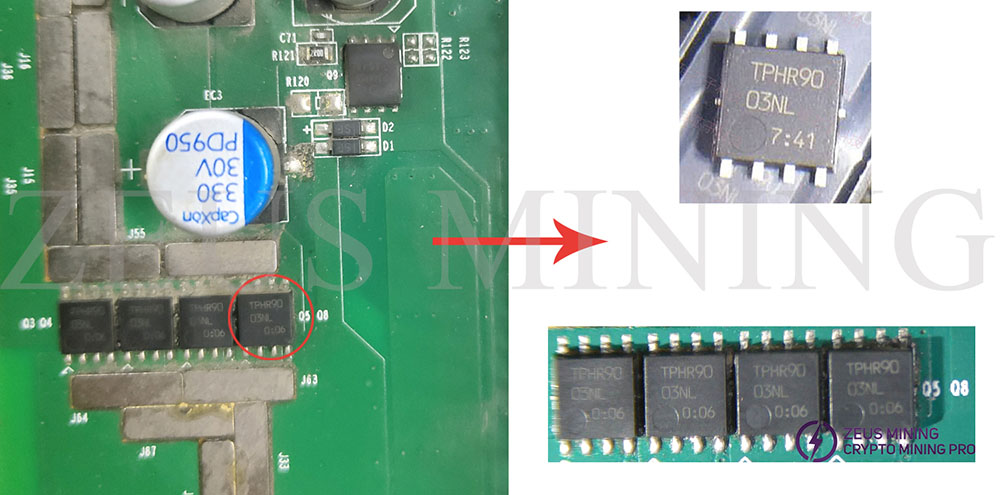

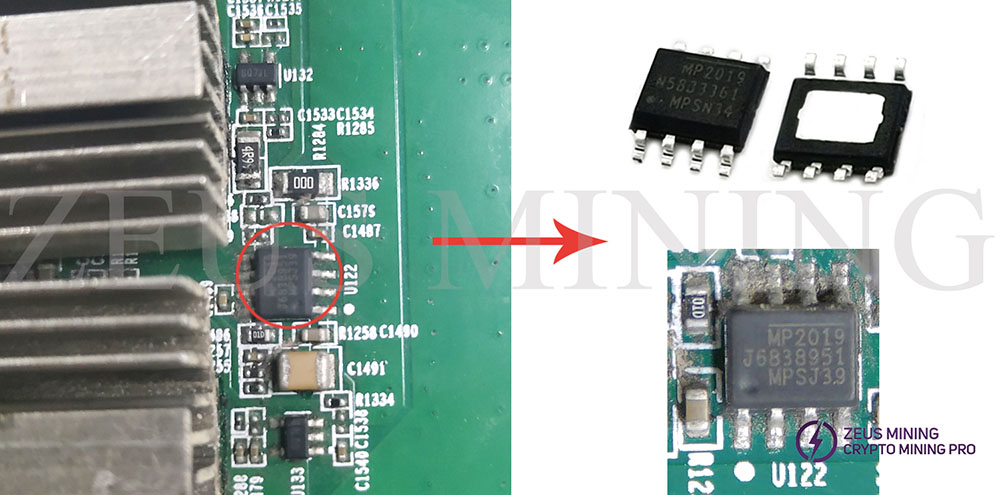
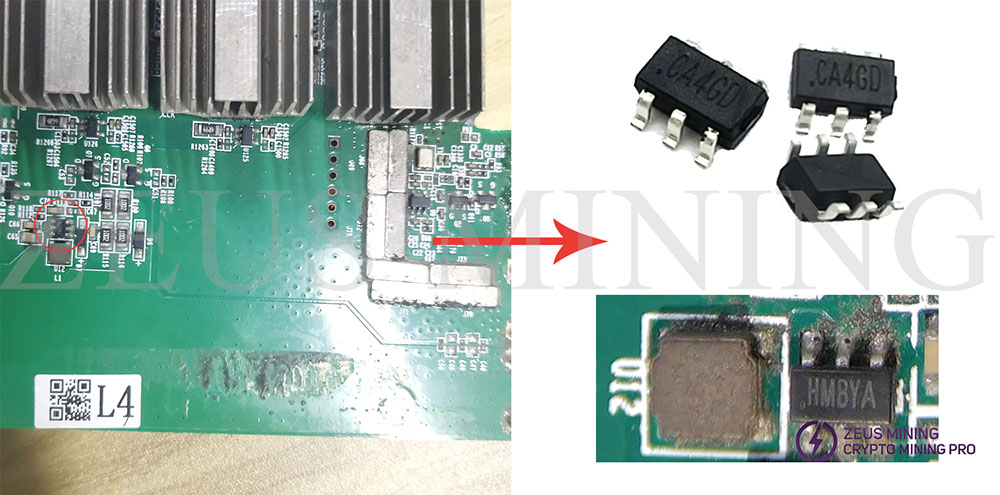
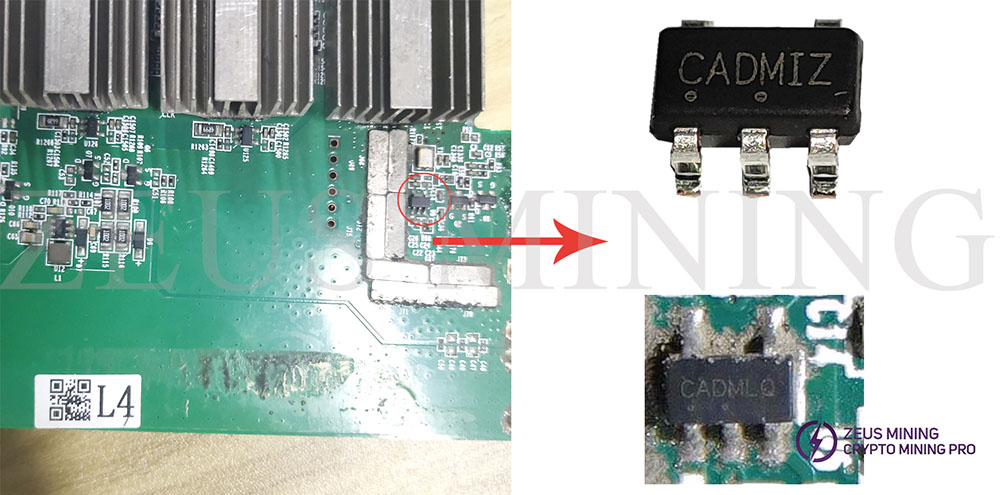
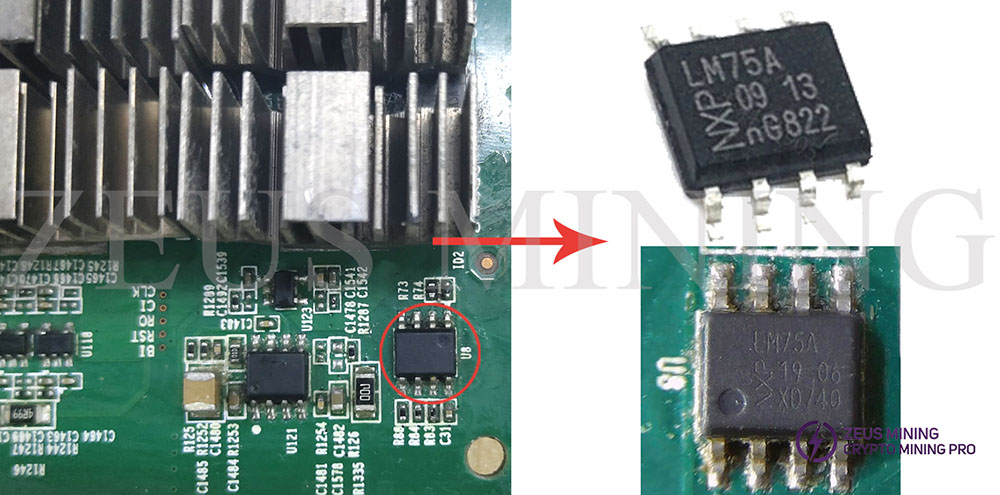

Comments
Post a Comment
Tell us your opinion